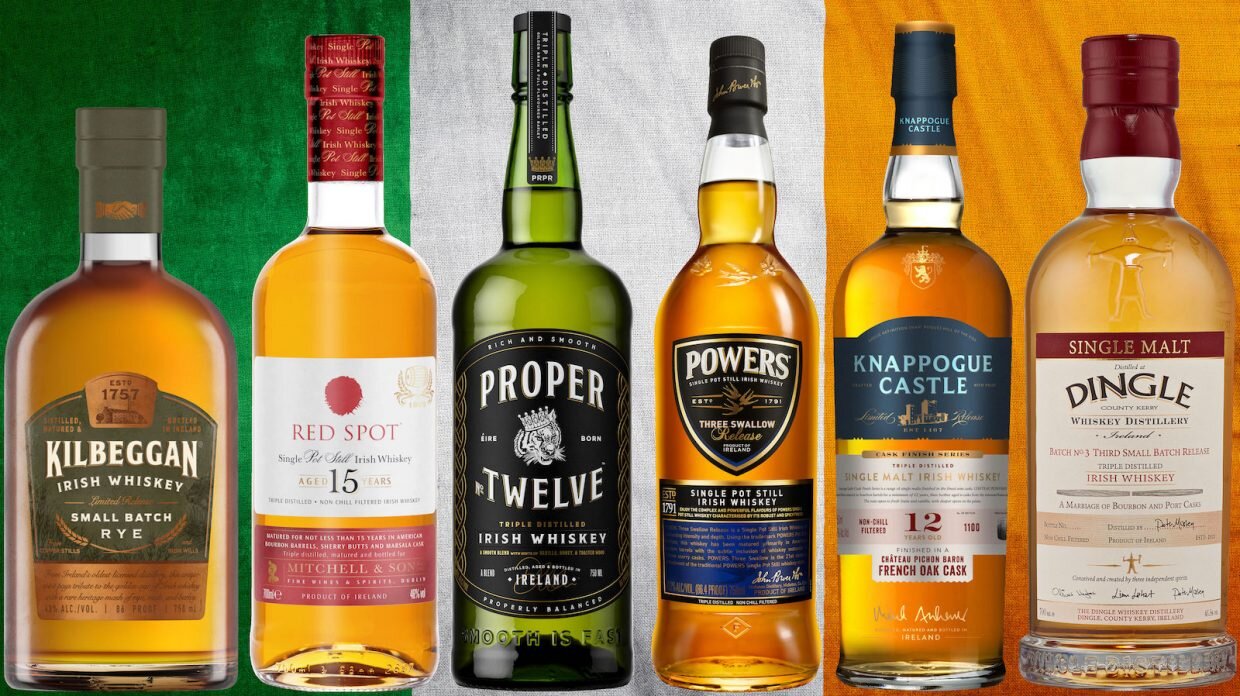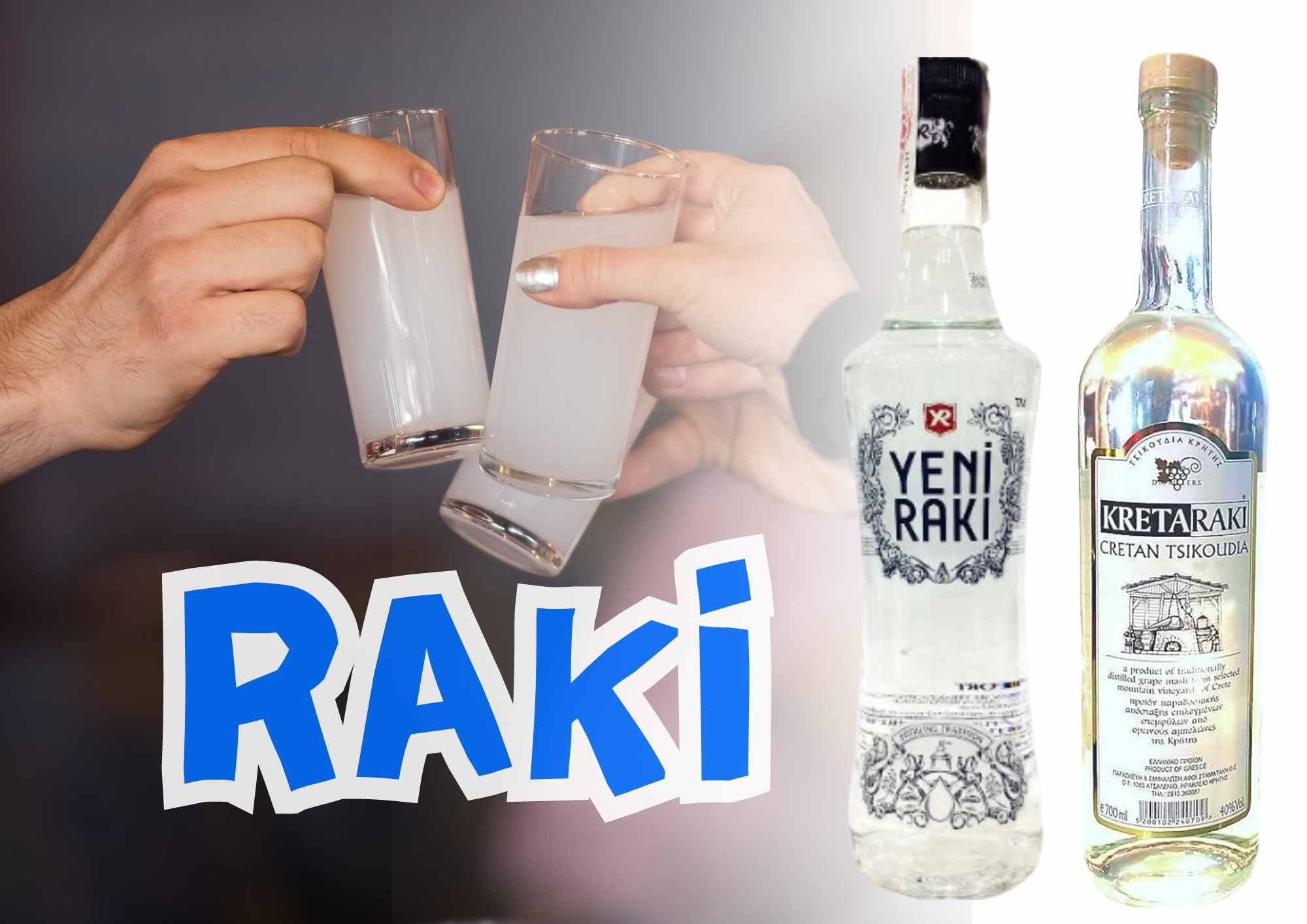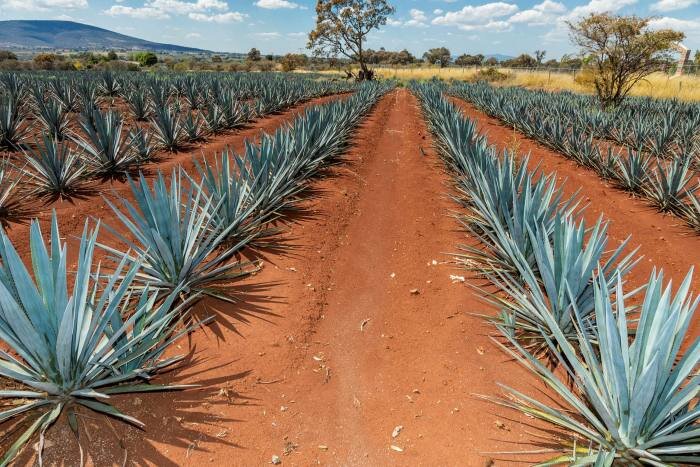What Is Irish Whiskey? The Ultimate Guide
The ultimate guide to the whiskey that pre-dates and inspired Scotch - This is How Irish Whiskey is made, where it came from and which to buy.
Irish Whiskey banner - Image source
Fun fact. Before becoming a struggling food and drink writer, I worked as a general manager of a popular Irish Bar.
As you would imagine. I ordered, drank, served and spoke Irish whiskey non-stop. We had one of the largest collections of Irish whiskeys here in my humble city of Manchester.
And yet, I never really learnt much about the history of Irish whiskey. Don’t get me wrong, I was well up-to-date with the workings of whiskey in general. From Scotch to bourbon and everything in-between. I’ve even wrote an ultimate and in-depth guide on the history, process and brands of Japanese whiskey.
Yet Irish whiskey specifically, I’ve never learnt that much about. Crazy I know, and I bet you’re the same. That changes today as we delve deeper into what makes Irish whiskey unique. Is it just a location thing or is it unique in its own right? Let's find out.
The History of Irish Whiskey
One of the reasons I’ve most likely not delved into the past of Irish whiskey is because of the unclear origins. It’s what I love about Japanese whiskey, we have the facts. Irish and Scotch don’t have that many facts around the past. It's somewhat murky to where distilling whisky first derived from.
So with that being said, take everything in with a pinch of salt and an opinion of your own.
Irish whisky history - Image source
Scotch or Irish?
The good people of Scotland will most likely disagree on this, but the majority of evidence points to Ireland being the first whiskey distillers and not Scotch as most people are led to believe.
Irish monks are thought to have discovered the skill of distillation on their travels, way back over 1500 years ago. They brought these new-found skills back to Ireland and took to distilling alcohol into what they referred to as “uisce beatha” which would later be known as “whisky”.
The word itself “whisky” has Gaelic roots, “uisce beatha” is a phrase meaning "water of life", This was the name given by Irish monks of the early Middle ages to distilled alcohol. It is simply a translation of the Latin “aqua vitae” Which is also how Scotch got its name.
Early days and Rise of Irish Whisky
By the 17th century, Irish whisky was gaining popularity around the globe. Fastly becoming one of the most popular alcoholic beverages of the times. A reputation that by the way, was more favourable than Scotch.
By using both malted and unmalted barley in a single pot still, Irish whisky created a popular style that took off. Determining how many distilleries were operational during this time is difficult, due to the high level of unlicensed distilleries. But we can assume that the number rose to way over 1000. That’s an impressive number of distilleries.
The fall of Irish Whiskey
During the following century Irish whiskey had become one of the most popular spirits in the world. Including in Scotland. During this time, whiskey was known as whisky. Without the “e” that trips many of us up when talking whiskey.
Jameson, Power and George Lee who at this time was already building very strong whiskey brands decided to add the “e” into their spelling of whiskey in order to distinguish the product from whisky being created in Scotland. Which later was taken on by Americans who also began using the spelling whiskey for their products.
It seemed as if Irish whiskey would never fall from grace. However, Scottish distilleries started introducing whisky “blends” as a way to guarantee consistency. Distilling also went through a break through with new techniques and new stills becoming available to use.
Something Irish whisky didn’t do was to utilise these new techniques and equipment. It seems whilst Scotland was keeping modern and appealing to the modern taste. Irish whiskey was stuck in tradition and fastly becoming outdated.
This, coupled with a few difficult years seen the fall of Irish whiskey.
The difficult years of Irish whiskey
During the early years of the 1900s. Irish distillers had a lot of battles to get there product out to the world. The first World War, the Easter Rising, the Irish War of Independence, the Irish Civil War, the Anglo-English Trade War and the Great Depression.
One of this biggest nails in the coffin of Irish whiskey was prohibition.
Irish whiskeys biggest importers were America, then in 1920 America went through an almost 14 year prohibition banning the sale of alcohol. Meaning the biggest market for Irish whiskey was cut completely off.
During which time, Irish whiskey producers were not a fan of illegally bootlegging there whiskey and smuggling it into America. Scotland on the other hand was perfectly willing to partake in the bootlegging.
This meant that by the time prohibition was over, Americans had grown a liking for blended whiskies made by the scots.
In the years following, Irish whisky slowly fell from the top. Distilleries fell from being in the 1000s to just 5 known operating distilleries. All the meantime, scotch was growing in popularity and cementing a name for itself as the best whiskey in the world.
Fight for survival
During the mid 1950s the few remaining distilleries in Ireland merged to form Irish Distillers Ltd. Which included both Jameson and Powell.
This meant that by the 1970s Irish whiskey distilleries fell from 5 to 2. But 2 powerhouses.
“Jameson Blended Irish whiskey” became the flagship brand of this new powerhouse merged distillery. A triple-distilled whiskey made from single pot still and grain whiskeys, it was both different from Scotch blends and quintessentially Irish.
Irish Distillers ltd was then purchased by Pernod Ricard (one of the largest spirit brands in the world) who saw the potential in the new product and throughout the late 1990s Irish whisky began to steadily grow once more with more with Pernods power of marketing. Leading to new distilleries opening.
Another one of the worlds largest spirit brands Diageo bought out bushmills in 2005 and since then these two powerhouse brands that are Diageo and Pernod have been promoting and investing in Irish whiskey, which has seen the popularity rise.
Whether or not Irish whiskey will ever reach the heights it once saw is difficult to say. However its definitely a product with a varied and interesting history. And one that I predict, will keep growing. as long as they can keep up with innovation.
Brief look at how Irish Whiskey is made
Irish whiskey stills - Image Source
Irish whiskey is made by taking a selection of grains, being - Barely, corn and wheat. These grains are made up of starch. By malting these grains, the starch converts into sugars creating a “mash”.
This mash is then introduced with yeast and the fermentation process begins.
After the malted grains have been fermented. That fermented liquid is then distilled to create a higher ABV concentrated product.
That distilled product is then diluted down to a drinkable strength of 40% abv and aged/matured in barrels to create the whiskey as we know it.
This is the same formula most whiskies use to create there product. So how does Irish whisky differ to that of Japanese or Scottish you may ask?
Each whisky producing country has its own regulations in place to protect there whisk(e)y industry. In the case of Irish whiskey, they have the Irish Whiskey Act of 1980 which sets out the regulation regarding Irish whiskey production.
Rules to making Irish Whiskey
These are the governed rules to making Irish whiskey which makes it different then whisk(e)y from any other country;
Be made from a mash of malted barley, plus other cereal grains
Be mashed, fermented, distilled to no more than 94.8% ABV, and matured in wooden casks, such as oak, not exceeding 700 liters for a minimum of three years in the Republic of Ireland and/or Northern Ireland;
Not contain additives other than water and caramel coloring (e150a);
Retain the characteristics of its raw materials (in other words, smell and taste like whiskey);
Be bottled at no less than 40% ABV.
More Spirit Guides
Smartblend is a participant in the Amazon Services LLC Associates Program, an affiliate advertising program designed to provide a means for sites to earn advertising fees by advertising and linking to amazon.co.uk and amazon.com. Smartblend does earn a small commission on goods purchased through the included links. Don't worry, it doesn't cost you any more, but we do appreciate your referral!

















